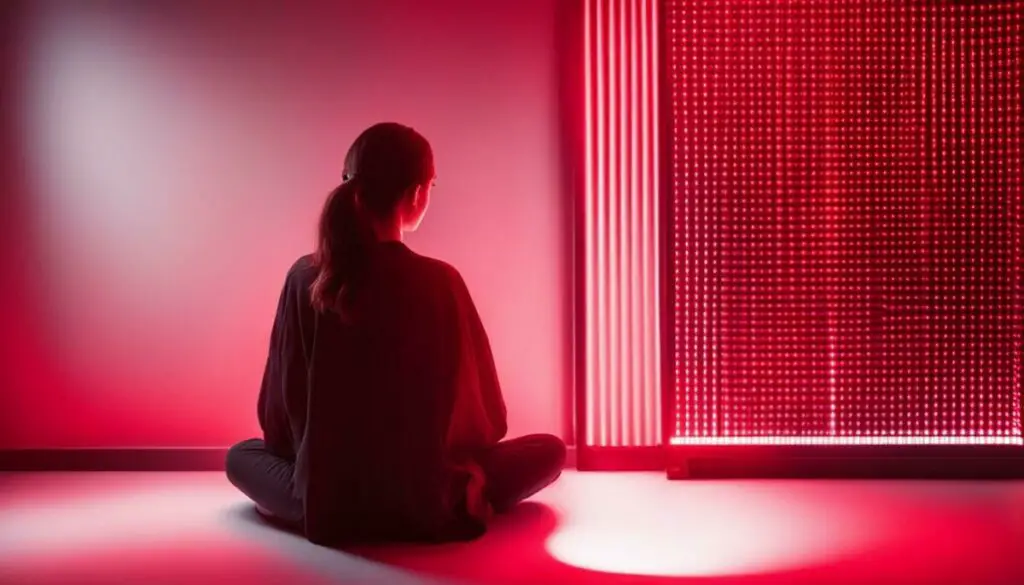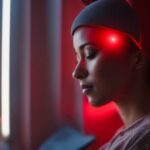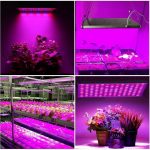Last Updated on 1 year by Francis
Hello, in this discussion, we will explore the topic of light therapy as a potential treatment for hair growth. Many individuals who are experiencing hair loss or thinning are interested in learning more about this non-invasive and drug-free method. We will examine the science behind light therapy, its effectiveness, and any associated risks or side effects. Let’s dive into this fascinating topic and learn more together.
Contents
Understanding Light Therapy
Light therapy has been gaining popularity in recent years as a non-invasive treatment for a variety of conditions, including depression, sleep disorders, and skin problems. It uses specific wavelengths of light to stimulate cells and promote healing.
How Does Light Therapy Work?
Different types of light therapy use different wavelengths of light, which penetrate the skin to varying depths. This light energy is absorbed by cells in the skin and underlying tissues, which can stimulate cellular activity and promote healing.
Types of Light Therapy
There are several types of light therapy, including:
- Red light therapy: uses low-level wavelengths of red light to promote cellular activity and improve skin health.
- Blue light therapy: uses wavelengths of blue light to kill acne-causing bacteria and improve skin health.
- Green light therapy: uses wavelengths of green light to reduce the appearance of hyperpigmentation and improve skin tone.
- Infrared light therapy: uses wavelengths of infrared light to penetrate deeper into the skin and underlying tissues to promote healing and reduce pain.
The Science Behind Light Therapy
Light therapy is based on the principle of photobiomodulation, which is the ability of light energy to stimulate cellular activity. When specific wavelengths of light are absorbed by cells, they can cause a cascade of biological reactions that can promote healing and reduce inflammation.
Can Light Therapy Grow Hair?
Hair loss is a common problem that affects both men and women. There are many causes of hair loss, including genetics, hormonal imbalances, and stress. While there is no cure for hair loss, there are several treatments available, including medications, hair transplants, and laser therapy.
Laser Therapy for Hair Loss
Laser therapy for hair loss uses low-level laser light to stimulate hair growth. This treatment is also known as low-level light therapy (LLLT) or red light therapy. The theory behind laser therapy is that the light energy can penetrate the scalp and stimulate blood flow, which in turn can promote hair growth.
The Research on Light Therapy for Hair Loss
While there are many anecdotal reports of light therapy being effective for hair loss, there is limited scientific evidence to support the use of light therapy for this condition. A 2014 study published in the American Journal of Clinical Dermatology found that red light therapy was effective for treating hair loss in men and women. However, the study had several limitations, including a small sample size and a lack of a control group.
Another study published in the Journal of Cosmetic Dermatology in 2015 found that low-level laser therapy was effective for treating hair loss in both men and women. However, this study also had limitations, including a small sample size and a lack of a control group.
The Bottom Line
While there is some evidence to suggest that light therapy may be effective for treating hair loss, more research is needed to fully understand the potential benefits and risks of this treatment. It is important to talk to your doctor before trying any new treatments for hair loss, as some treatments may not be safe or effective for everyone.# Does Light Therapy Grow Hair?
Other Benefits of Light Therapy
While the research on light therapy for hair loss is still inconclusive, there are several other benefits of light therapy that have been supported by scientific evidence.
Improved Skin Health
Red light therapy has been shown to be effective for improving skin health. It can stimulate collagen production, reduce inflammation, and improve circulation, which can all contribute to healthier, younger-looking skin. Blue light therapy has also been shown to be effective for treating acne, as it can kill acne-causing bacteria and reduce inflammation.
Treatment for Depression and Sleep Disorders
Light therapy has also been shown to be effective for treating depression and sleep disorders. Bright light therapy, which involves exposure to bright light for a specific period of time each day, has been shown to be effective for treating seasonal affective disorder (SAD), a type of depression that occurs during the winter months. It has also been shown to be effective for treating sleep disorders, such as insomnia and circadian rhythm disorders.
Pain Relief
Infrared light therapy has been shown to be effective for reducing pain and inflammation. It can penetrate deeper into the skin and underlying tissues than other types of light therapy, which can help to promote healing and reduce pain. It has been used to treat a variety of conditions, including arthritis, back pain, and fibromyalgia.
FAQs – Does Light Therapy Grow Hair?
What is light therapy for hair growth?
Light therapy for hair growth, also known as low-level laser therapy, is a non-invasive treatment that uses red-light wavelengths to stimulate the scalp and encourage hair growth. This method is thought to work by increasing blood flow to the hair follicles, which can bring more nutrients and oxygen to the scalp and promote hair growth.
There are many theories about how light therapy works to promote hair growth, but the most widely accepted idea is that it increases blood flow to the hair follicles. This can help to bring more nutrients and oxygen to the scalp, which can encourage hair growth. Some studies have also suggested that light therapy may help to reduce inflammation and promote cell growth in the scalp, which could further support healthy hair growth.
Is light therapy effective for hair growth?
There is some evidence to suggest that light therapy may be effective for hair growth in some people, but more research is needed to confirm its effectiveness. Some studies have found that light therapy can increase hair density, reduce hair loss, and improve the overall appearance of hair in people with androgenetic alopecia (the most common form of hair loss). However, more studies are needed to determine the optimal frequency, intensity, and duration of light therapy for hair growth.
Who is a good candidate for light therapy?
People with androgenetic alopecia or other forms of hair loss may be good candidates for light therapy, as this treatment is thought to stimulate hair growth and improve overall hair health. However, light therapy may not be effective for everyone, and it is important to talk to a healthcare professional before starting any new treatment for hair loss.
What are the side effects of light therapy for hair growth?
Light therapy for hair growth is generally considered to be safe and well-tolerated, with few side effects reported. However, some people may experience mild scalp irritation, redness, or itching as a result of the treatment. In rare cases, light therapy may cause hair loss or damage if it is not used correctly or if the wrong type of light is used. It is important to follow the instructions provided by a healthcare professional and to discuss any concerns or side effects with your doctor.




.jpg)


